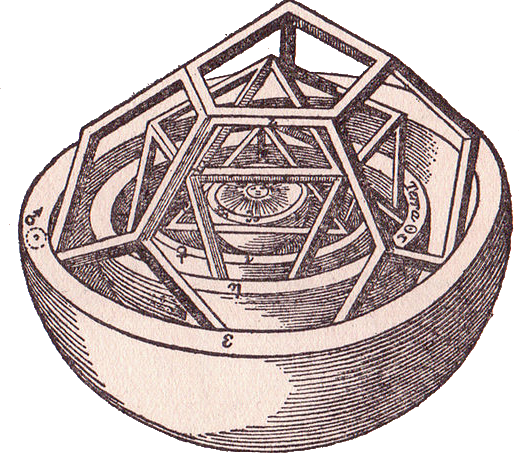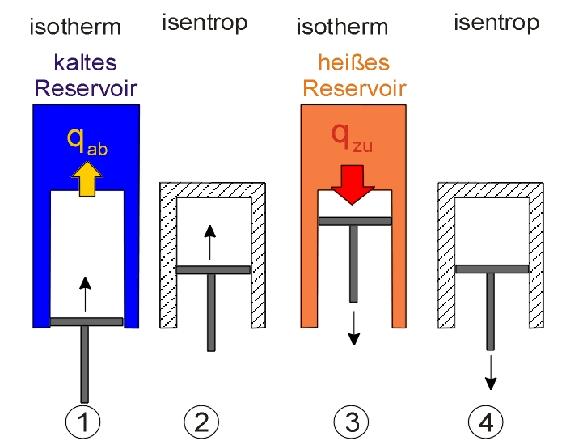Physical Economy Story
Friday, July 19, 2013
The physical economy explains how goods are produced. It also tells how it is possible to grow people, increasing the living’s standard, thanks to human creativity. Human creativity acts on agrifood and industrial production.
In Ancient Greece there were many free citizens. The ancient Greeks used slaves for their industry because there were no motor machines. This seems obvious to you, but this principle of lesser action is questionned today. Indeed, in 2013, many complain about machine tools. The actual problem is that France does not grow industries anymore.
Slavery and wars have caused the implosion of Greek and Roman civilizations. This ended temporary Greek scientific discoveries.
The Greeks used geometry a lot in mathematics. They thus defined the principle of least action. This principle makes it easy to create geometric figures. This allowed them to grow their minds to understand how to build into space. Even today, geometry is essential to understand the infinitely small. But it is insufficiently taught since the 1960s.
In the fifteenth century, Nicolas de Cues defined the principle of maximum minimum, linked with the transformation from arc to circle. This demonstration behaves from Greeks least action’s principle. Nicolas de Cues also demonstrates that it is impossible to create a circle with a polygon. He therefore brings ahead the infinity’s notion, present everywhere in the universe, in life also.
In the sixteenth century, Kepler geometrically determined the weight of the earth understanding the elliptical planets' ways of the solar system.
Before Kepler, the planets' ways were not understood. To understand the planets’ ways, Kepler created the cosmographer. Creating the cosmographer, Kepler thus created the foundations of mathematical physics, which dependents on geometry. Kepler could never have determined the mass of the earth without his cosmographer.
However, on 2013, geometry is buried in french high schools. They say they want to specialize students. But many students become dependent on their own knowledge, and are unable to grow themselves like science grows. Still, finding new ideas makes the scientist. Kepler's geometry has, however, led to great discoveries.
Leonardo da Vinci created many machines in the fifteenth century. You can see all his creations in different pictures’ books. Leonardo da Vinci has created a lot of kinds of gears, to create a steam engine. He used the less action’s principle, allowing to gain efficiency.
The steam engine will be finally created by Denis Papin in the seventeenth century, thanks to the discovery of stronger alloys. Denis Papin was the Leibniz’s collaborator. Leibniz wanted to use the least action’s principle to revolutionize mining. Leibniz's works range from philosophy to science and economics. Leibniz sublimed the least action’s principle. This principle is present in the physical economy to solve slavery problem. Indeed the machines of his century, even if they brought qualified jobs, required a lot of physical work.
Leibniz supplied his works to the Russians with Peter I, whom sublimed Britain in the eighteenth century for mining. Christiaan Huyghens, another employee of Leibniz, will allow to create combustion engines, much later, however.
|
|
The Carnot machine
looks like a piston
|
In the nineteenth century the physicist Sadi Carnot understood that geometry allowed to encompass physical phenomena, in order to build machines.
He created the first system to understand how to use heat, whose we still have discoveries to do. Sadi Carnot shows very clearly that air contracts and relaxes, in his machine excited by heat.
This system makes it possible to understand thermodynamics, the heat’s science, using least action. Thermodynamics led to create more combustion engines. Thermodynamics consists to say that there are heat movements, even if Lord Kelvin wanted to show that there should be none after a while. Lord Kelvin's work tried to make it seem like everything was becoming scarce. This is now against scientific findings.
Here again, the geometry and the least action’s principle makes it possible to create the combustion engine. The combustion engine prototype will allow, with the oil, to give us the possibility for the human being to abolish legislatively the slavery. The engines today allow us to claim a creative human civilization. Here is that Alexander Hamilton, Friedrich List and Henry Charles Carey established with the state bank. This bank creates a public productive currency, a credit for major works, which belongs to the people with a useful protectionism.
The books of Friedrich List and Henry Charles Carey are a public domain work. In these books you have all the economic systems explained. In Friedrich List’s book, the part on Spain and the Methuen treaty learns a lot about the flaws of the monetary economy, where we see that Adam Smith, the guru of the current economy, is really an notorious idiot, whom does not even know how an enterprise builder makes.
The Larouche-Riemann method is a demonstration of Nicolas de Cues's work on the self-similar conical action. Leibniz began work in this theorization of the human economy with circular action. Riemann continued the work, allowing Lyndon Larouche to clarify such this usefulness method, allowing also to see the crisis arriving, while proposing human growing. This circular action now makes it possible to understand the economic and human demographic growth. It replaces the 2-dimensional graphs, which prohibits to understand how human economy grows.
Our creative reason has always distinguished us from the animal, as Friedrich Schiller explains. It is also possible to create a society where every citizen grows, a society of researchers. Useful protectionism, which protects industry and agriculture, provides access to this kind of society protecting human creativity. When we follow creativity, we want to grow.
The monetary economy, squeezing production with the famous quality-price ratio, squeezes industries, breaks any possibility of protectionism like Roosevelt did, then like Mendès France or like De Gaulle did. These men allowed people to grow their creative reason. Roosevelt protectionism squeezes every usury’s form, especially with a fair currency with real productive value. Roosevelt had this understandable desire to grow Africa. France unfortunately did not want to do that. When we inspire the others we inspire ourselves.
The physical economy explains that a human economy must be managed humanely. That is while protecting and embracing human creativity. The physical economy is an economy encompassing the least action’s principle, thanks to dense energies. This is called labor saving, thanks to energy flow’s density. The machines will, indeed, allow the workmen to be quieter, still it is needed them to be favored.
The findings above have allowed a relative population density potential. That is, they have or would have allowed the population to grow raising the living standard. In other words, a population that uses an invention with a higher demographic potential will grow a lot, if it makes the right policy choices.
Readings
https://larouchepac.com/20160315/leibniz-iii-physical-economy-and-vis-viva
My notes
Why can we grow?





